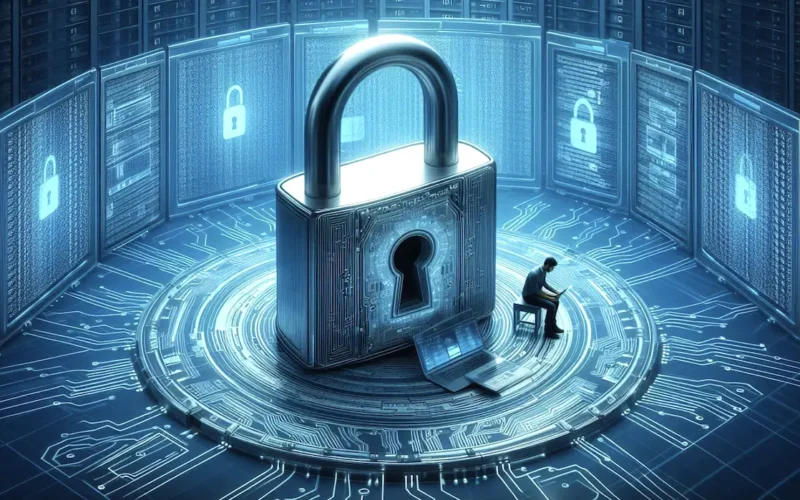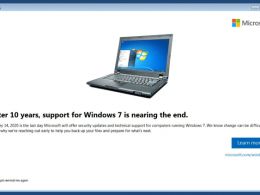Information security (Infosec) is paramount in today’s ever-evolving digital landscape. Infosec isolation solutions are crucial for defense. Let’s explore these solutions, their workings, and their benefits.
What are Infosec Isolation Solutions?
Imagine a digital castle. Infosec isolation solutions act like fortified walls, segmenting your IT infrastructure into secure zones. These zones isolate critical systems, data, and applications from potential threats, preventing them from spreading if a breach occurs.
Here’s a breakdown of common isolation techniques:
- Network Segmentation: Think of virtual moats around your network. This method divides your network into smaller, isolated segments. Even if one segment is compromised, others remain protected. Tools like firewalls and VLANs (Virtual Local Area Networks) achieve this.
- Virtualization: Imagine creating secure containers for applications and data. Virtualization creates isolated virtual environments where applications run without directly interacting with the underlying hardware or other applications.
- Containerization: Similar to virtualization, containerization creates isolated packages for applications. These containers are lightweight and share the underlying operating system, making them ideal for microservices architectures.
- Data Loss Prevention (DLP): This acts as a digital guard, restricting unauthorized data transfer or access. DLP solutions can monitor and control data movement across networks and devices.
Benefits of Infosec Isolation Solutions:
- Enhanced Security: By compartmentalizing your IT environment, you limit the impact of a security breach. If one zone is compromised, the damage is contained, protecting other critical systems and data.
- Improved Compliance: Many regulations require data segregation. Isolation solutions help organizations comply with data privacy regulations like GDPR and HIPAA.
- Reduced Risk: Isolation minimizes the attack surface, making it harder for attackers to gain access to sensitive information.
- Optimized Performance: By isolating resource-intensive applications, you can improve overall system performance.
FAQs on Infosec Isolation Solutions
- What type of organization needs isolation solutions? Any organization that handles sensitive data or operates in a high-risk environment can benefit from isolation. This includes financial institutions, healthcare providers, and government agencies.
- What are the challenges of implementing isolation solutions? Complexity can arise when managing multiple isolated environments. Additionally, ensuring seamless communication between isolated zones requires careful planning.
- How do I choose the right isolation solution? The best solution depends on your specific needs and infrastructure. Consider factors like the type of data you need to protect, your budget, and your IT expertise.
Remember: Infosec isolation solutions are a powerful tool in your cybersecurity arsenal. By implementing these solutions, you can build a more secure digital environment and protect your valuable assets from ever-present threats.Advanced Isolation Techniques:
- Remote Browser Isolation (RBI): This creates a secure, virtual environment for web browsing. All website content is rendered remotely, and only the safe, sanitized output reaches the user’s device. This protects users from malicious websites and phishing attacks.
- Desktop Sandboxing: This isolates entire desktops within virtual environments. Users can interact with potentially risky applications or files within the sandbox without jeopardizing the main system.
Considerations for Implementation:
- Scalability: As your organization grows, your isolation solution needs to adapt. Choose solutions that can scale to accommodate increasing security demands.
- Performance: Isolation can introduce some overhead. Evaluate the impact on system performance and choose solutions that minimize latency.
- Management: Managing multiple isolated environments requires efficient tools and skilled personnel. Evaluate the complexity of managing your chosen solution.
The Future of Infosec Isolation:
- Integration with Security Information and Event Management (SIEM) systems: This allows for centralized monitoring and threat detection across isolated environments.
- Machine Learning (ML) powered isolation: ML can automate threat detection and response within isolated zones, further enhancing security.
- Zero Trust Architecture: This security model assumes no user or device is inherently trustworthy. Isolation solutions play a vital role in Zero Trust by enforcing least privilege access and micro-segmentation of resources.











